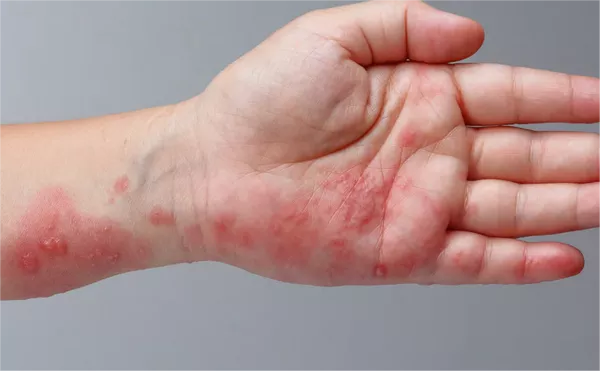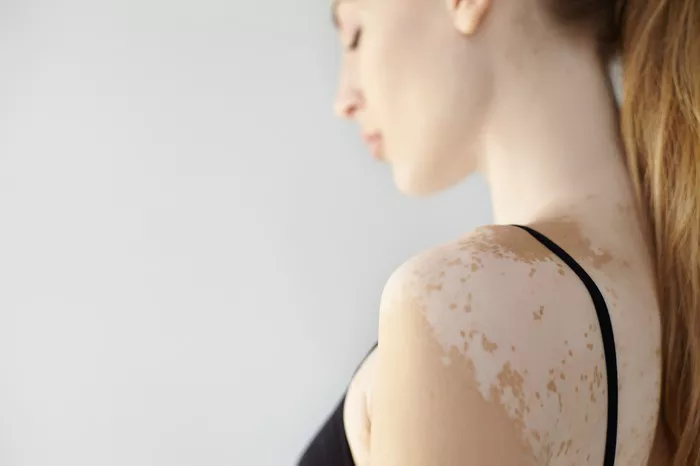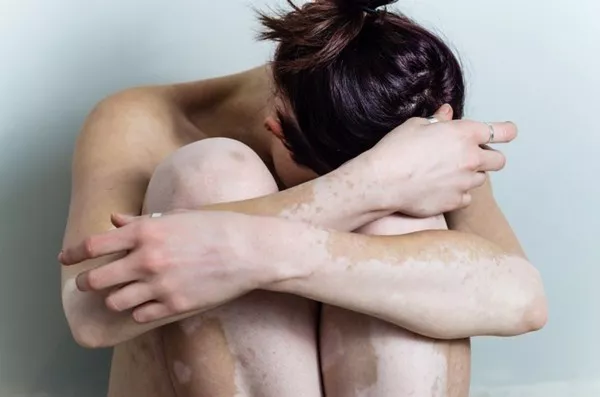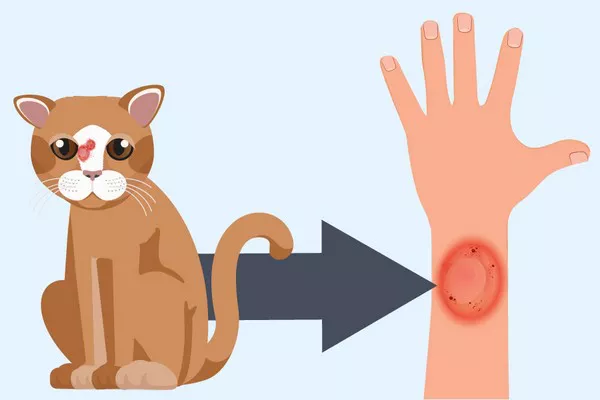Hives, medically known as urticaria, are a common skin reaction characterized by raised, itchy welts or bumps. For some individuals, exposure to heat or sweating can trigger this uncomfortable condition, leading to questions about why this happens and how it can be managed. In this article, we will delve into the reasons behind heat-induced hives, explore potential triggers, and discuss effective strategies for prevention and treatment.
What Are Hives?
Before we delve into heat-induced hives specifically, it’s essential to understand what hives are and how they manifest. Hives appear as red, raised welts on the skin that can range in size and shape. They often cause itching, stinging, or a burning sensation. These welts can appear suddenly and may migrate to different areas of the body. Hives can be acute, lasting less than six weeks, or chronic, persisting for longer periods.
Heat and Hives: The Connection
For individuals prone to heat-induced hives, exposure to warm environments or activities that induce sweating can trigger this skin reaction. The exact mechanisms behind heat-induced hives are not fully understood, but several factors likely contribute to this phenomenon.
1. Increased Blood Flow and Vasodilation
When the body becomes overheated, blood vessels near the skin’s surface dilate (vasodilation) to release heat and cool down the body. This increased blood flow can lead to leakage of fluid from small blood vessels into the skin (capillaries), causing localized swelling and the formation of hives.
2. Activation of Mast Cells
Mast cells are immune cells located in the skin and other tissues. They play a crucial role in allergic reactions. When exposed to heat, certain individuals may experience mast cell activation, leading to the release of histamine and other inflammatory chemicals. Histamine causes blood vessels to dilate and become leaky, resulting in the characteristic welts and itching associated with hives.
3. Cholinergic Urticaria
Cholinergic urticaria is a specific type of hives triggered by sweating or an increase in body temperature. This condition is thought to be related to the activation of the body’s sweat glands, leading to the release of histamine and other substances that cause hives. Cholinergic urticaria often presents as small, itchy bumps that appear during or after activities that induce sweating, such as exercise, hot showers, or emotional stress.
Common Triggers
Apart from environmental heat, several other factors can trigger heat-induced hives in susceptible individuals:
- Exercise: Physical exertion can lead to increased body temperature and sweating, triggering hives in some individuals.
- Hot Showers or Baths: The sudden change in body temperature caused by hot water can provoke hives in sensitive individuals.
- Sun Exposure: Direct sunlight can induce hives, particularly in individuals with solar urticaria, a condition triggered by specific wavelengths of sunlight.
- Emotional Stress: Anxiety or emotional stress can lead to changes in body temperature and sweating, potentially triggering hives in susceptible individuals.
Managing Heat-Induced Hives
While heat-induced hives can be uncomfortable, several strategies can help manage and prevent this condition:
1. Avoid Triggers
Identifying and avoiding specific triggers can significantly reduce the frequency and severity of heat-induced hives. Keep a diary to track activities, environments, and emotional states that precede hives outbreaks, and try to minimize exposure to known triggers.
2. Stay Cool
Maintaining a cool environment and avoiding excessive heat can help prevent hives. Use fans or air conditioning during warm weather, and take cool showers instead of hot baths.
3. Dress Appropriately
Wearing loose, breathable clothing made from natural fabrics such as cotton can help prevent overheating and reduce the likelihood of hives.
4. Take Antihistamines
Over-the-counter antihistamines can help alleviate symptoms of heat-induced hives by blocking the effects of histamine. Non-sedating antihistamines are often preferred for daytime use.
5. Practice Stress Management
Learning stress-reduction techniques such as meditation, yoga, or deep breathing exercises can help manage emotional triggers that contribute to heat-induced hives.
When to Seek Medical Attention
While heat-induced hives are usually harmless and can often be managed with self-care strategies, there are instances where medical attention is warranted:
1. Severe Symptoms: If hives are accompanied by difficulty breathing, swelling of the face or throat, dizziness, or a rapid heartbeat, seek immediate medical attention as these could indicate a severe allergic reaction (anaphylaxis).
2. Persistent Hives: If hives persist for more than a few days despite self-care measures, consult a dermatologist or allergist for further evaluation and management.
Conclusion
Heat-induced hives can be a bothersome and uncomfortable condition for those affected. While the exact mechanisms behind this reaction are not fully understood, avoiding triggers and adopting self-care strategies can help manage and prevent heat-induced hives effectively. If symptoms are severe or persistent, seeking medical advice is recommended to identify underlying causes and explore additional treatment options. By understanding the connection between heat and hives and implementing appropriate management strategies, individuals can reduce the impact of this condition on their daily lives.
Related Topics:



























